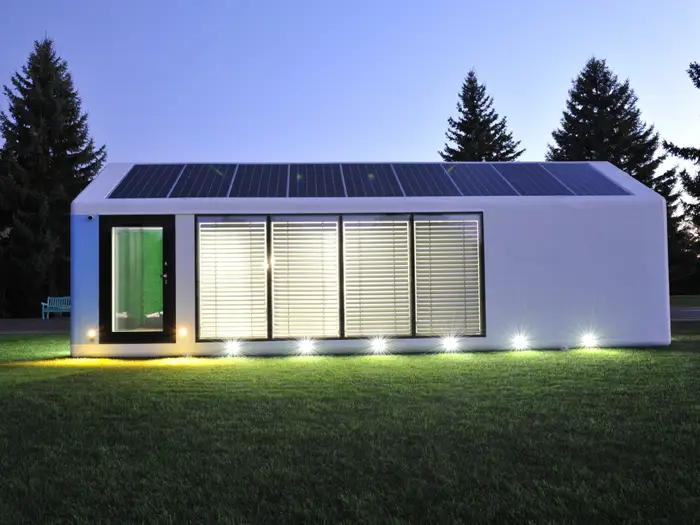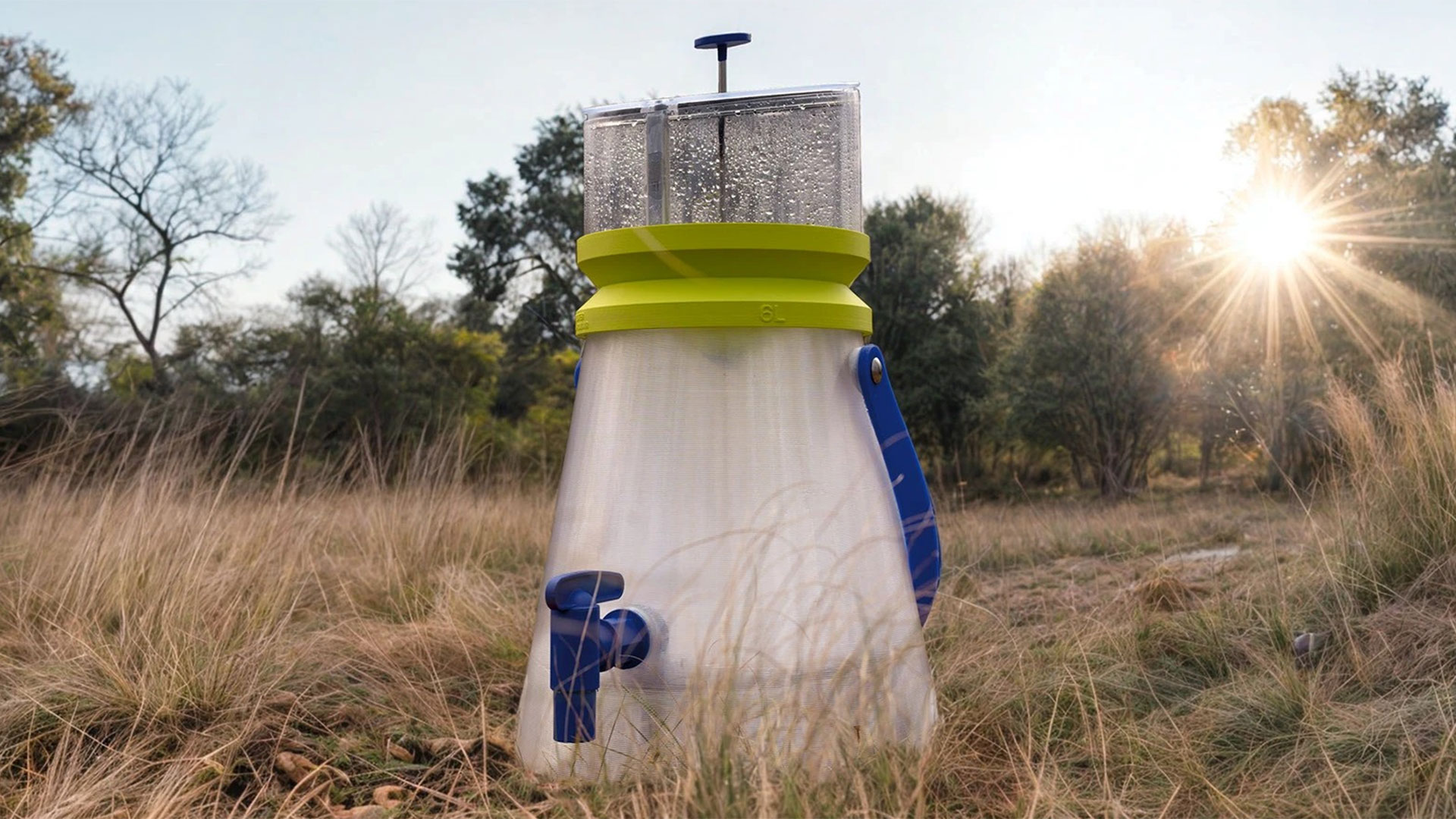3D Printed Smart Homes
A 3D Printed Smart Home is a next-generation residential structure fabricated using large-scale 3D printing robotics and embedded with smart technologies for energy efficiency, comfort, automation, and sustainability.
It combines three revolutions:
- 3D Construction Printing (3DCP) — robotic fabrication using concrete, polymers, or composite materials.
- Smart Infrastructure — sensors, AI control systems, IoT connectivity, and renewable energy integration.
- Sustainable Design — low waste, circular materials, and adaptive architectural intelligence.
This model enables rapid, cost-effective, and environmentally responsible housing — ideal for affordable housing, disaster relief, Mars habitats, and luxury eco-villas alike.
3D Construction Layer (Physical Structure Fabrication)
This is the foundation of the home, literally and technologically. It uses robotic 3D printers to fabricate the walls, floors, and sometimes roof using computer-controlled extrusion systems.
Construction Process
- Digital Twin Creation:
An architect or AI design engine creates a parametric 3D model of the house. - Slicing and Path Planning:
The model is divided into printable layers (typically 1–3 cm thick) using CAD/CAM software. - Automated Printing:
Robotic arms or gantry-style printers extrude material layer by layer to form walls and structural elements. - Embedded Systems Integration:
While printing, conduits for electrical wiring, plumbing, and smart sensors are embedded into walls. - Finishing & Assembly:
Roof panels, windows, doors, and smart modules are added post-print.
Printing Technologies
- Concrete Extrusion Printing (for foundations, walls).
- Polymer or Composite Printing (for insulation or modular interiors).
- Hybrid Robotic Assembly (combining printed and prefabricated components).
Structural Materials
- Cementitious mixes with additives (geopolymers, fly ash).
- Recycled plastic composites.
- Bio-based materials (hempcrete, mycelium blends).
- Smart concrete with embedded sensors and self-healing properties.
Structural Features
- Thermal insulation channels.
- Curved organic shapes (impossible with traditional construction).
- Reinforcement with steel or carbon fiber rods.
Smart Infrastructure Layer (Intelligent Building Systems)
Once the home’s physical shell is printed, embedded intelligence transforms it into a smart environment.
Core Components
A. Smart Energy Grid
- Solar panels and battery storage integrated into roof or walls.
- AI energy management balancing solar, grid, and stored power.
- DC microgrids for internal power efficiency.
- Smart metering for predictive consumption.
B. Environmental Sensors
- Temperature, humidity, CO₂, and air quality sensors.
- Smart HVAC that learns occupant preferences.
- Adaptive lighting responding to circadian rhythms.
C. Water & Waste Systems
- Greywater recycling units embedded under the structure.
- Smart irrigation linked to weather and soil sensors.
- Rainwater harvesting integrated into roof design.
- Waste-to-energy microdigesters for biogas generation.
D. Structural Health Monitoring
- Embedded strain, vibration, and moisture sensors in walls.
- Predictive maintenance via digital twin simulations.
- Real-time alerting for cracks, leaks, or deformation.
E. IoT Network Infrastructure
- Mesh network of devices communicating via Zigbee, Z-Wave, or Matter.
- 5G/LoRaWAN connectivity for smart city integration.
- Edge AI hub controlling automation locally for privacy and speed.
3. AI Living Intelligence Layer (Home Cognitive System)
This layer transforms the house into an autonomous, learning organism.
Core Modules
1. Central AI Hub
- Edge AI computer managing all subsystems.
- Learns user patterns — sleep, movement, comfort preferences.
- Predictive automation (e.g., pre-cools bedroom before sleep).
2. Multi-Agent Smart System
- Individual devices (HVAC, lighting, security) act as intelligent agents.
- Agents communicate using a home ontology (e.g., “if temperature > 28°C, close blinds, start cooling”).
3. Voice & Gesture Interface
- Integrates natural language models for conversation-based control.
- Voiceprints for secure personalized commands (“Turn off all lights” recognized per user).
4. Emotional Intelligence
- Detects emotional tone from speech and adjusts environment (music, lighting).
- Smart mirrors and ambient displays provide wellness insights.
5. Digital Twin Synchronization
- Every sensor and actuator has a digital counterpart in cloud simulation.
- Predictive analytics models usage, energy, and maintenance.
Construction Workflow Example
Phase 1 – Design
Architect/AI creates a 3D model optimized for local climate and materials.
Phase 2 – Site Preparation
Ground leveling, foundation setup, and 3D printer assembly.
Phase 3 – Printing
Printer extrudes layers of material, embedding conduits and smart modules.
Phase 4 – Integration
Solar panels, HVAC units, and IoT systems installed and connected.
Phase 5 – Finishing & Calibration
Painting, furniture, and calibration of sensors and AI systems.
Phase 6 – Learning Phase
AI observes user behavior for several days and adjusts automations.
Technologies Involved
| Category | Technologies / Systems |
|---|---|
| 3D Printing Hardware | COBOD BOD2, ICON Vulcan, Apis Cor, Winsun printers |
| Material Science | Geopolymer concrete, hempcrete, self-healing cement |
| Design Software | Rhino3D + Grasshopper, Autodesk Revit, BlenderBIM |
| AI / Control | TensorFlow, PyTorch, ROS2 for home robotics |
| IoT Frameworks | Home Assistant, Matter, MQTT, Node-RED |
| Energy Systems | Tesla Powerwall, Sonnen Battery, smart inverter systems |
| AR/VR Design | Immersive design simulation for custom homes |
| Blockchain (Optional) | Smart contracts for ownership, rent, or energy trading |
Smart Home Functionalities
- Adaptive Lighting: Adjusts brightness and color temperature automatically.
- Predictive Climate Control: Uses AI weather forecasting for temperature optimization.
- Personalized Security: Face + voice recognition entry systems.
- Energy Trading: House sells surplus solar energy via blockchain.
- Smart Furniture: Modular 3D printed furniture with embedded sensors.
- Voice / Gesture Control: Multi-modal control interfaces (Alexa, Google, or proprietary AI).
- Self-Maintenance: Alerts for leaks, power anomalies, or structural wear.
- Health Integration: Tracks air quality, circadian rhythm, sleep, and wellness metrics.
Architectural Features
- Organic Geometry: Curved, aerodynamic forms that reduce material stress.
- Passive Design: Natural ventilation, optimized sun angles, thermal mass cooling.
- Modular Expansion: Additional rooms can be printed and attached later.
- Zero Waste: Material recycling and minimal construction debris.
- Customization: AI co-designs floor plans from user lifestyle data.
Sustainability Features
- Up to 60% reduction in CO₂ emissions versus traditional construction.
- Locally sourced materials reduce logistics footprint.
- Embedded renewable energy systems and circular water management.
- Structures designed for disassembly and recycling.
- Integration with urban microgrids for decentralized sustainability.
⚙️ Data & Digital Twin Ecosystem
The digital twin is a continuously updated 3D simulation of the home, integrating:
- Structural data from embedded sensors.
- Environmental metrics (light, air quality, humidity).
- Occupancy behavior and AI learning feedback loops.
This twin helps with predictive maintenance, energy optimization, and long-term analytics.
Security & Privacy
- Biometric access: Face + voice + fingerprint.
- Edge-based AI: No cloud dependence for sensitive tasks.
- Encrypted IoT communication: End-to-end AES-256 or Matter-based encryption.
- Emergency overrides: Manual fail-safes for power or network outages.
- Blockchain-backed ownership: Tamper-proof proof of residence and smart contract automation.
Example Living Scenario
At sunrise, your home automatically opens blinds, adjusts ambient lighting, and plays soft music based on your sleep cycle.
The wall sensors monitor humidity; if it exceeds optimal levels, ventilation adjusts automatically.
Solar panels charge your energy storage; excess energy is sold to the grid through blockchain smart contracts.
At night, AI dims lights, pre-cools your bedroom, and locks doors after detecting your presence in bed.
Every function operates autonomously yet respectfully — balancing comfort, efficiency, and privacy.
Economic and Social Impact
| Area | Impact |
|---|---|
| Affordability | Up to 70% cheaper than conventional building |
| Speed | Homes printed in 24–72 hours |
| Labor Efficiency | Reduced dependence on manual labor |
| Disaster Relief | Rapid housing for post-disaster zones |
| Urban Expansion | Enables scalable, sustainable city growth |
| Customization | Individualized homes at mass-production cost |
Ethical & Regulatory Considerations
- Safety Compliance: Must meet ISO 21929 and building codes.
- Material Certification: Ensuring durability and fire resistance.
- AI Ethics: Transparency in automation and data use.
- Accessibility: Inclusive design for elderly or disabled residents.
- Community Integration: Avoiding techno-gentrification.
Future Evolution
- Fully Autonomous Construction: 3D printing drones and robotic arms operating independently.
- Smart Material Evolution: Self-healing, shape-changing, or carbon-absorbing concrete.
- Off-World Housing: Lunar/Martian 3D printing using regolith.
- Swarm Construction AI: Coordinated robotic fleets building megastructures.
- Bio-Adaptive Homes: Walls that breathe, filter air, and grow living moss layers.
- AI-Generated Architecture: Neural networks designing custom homes from emotional data.




Post Comment